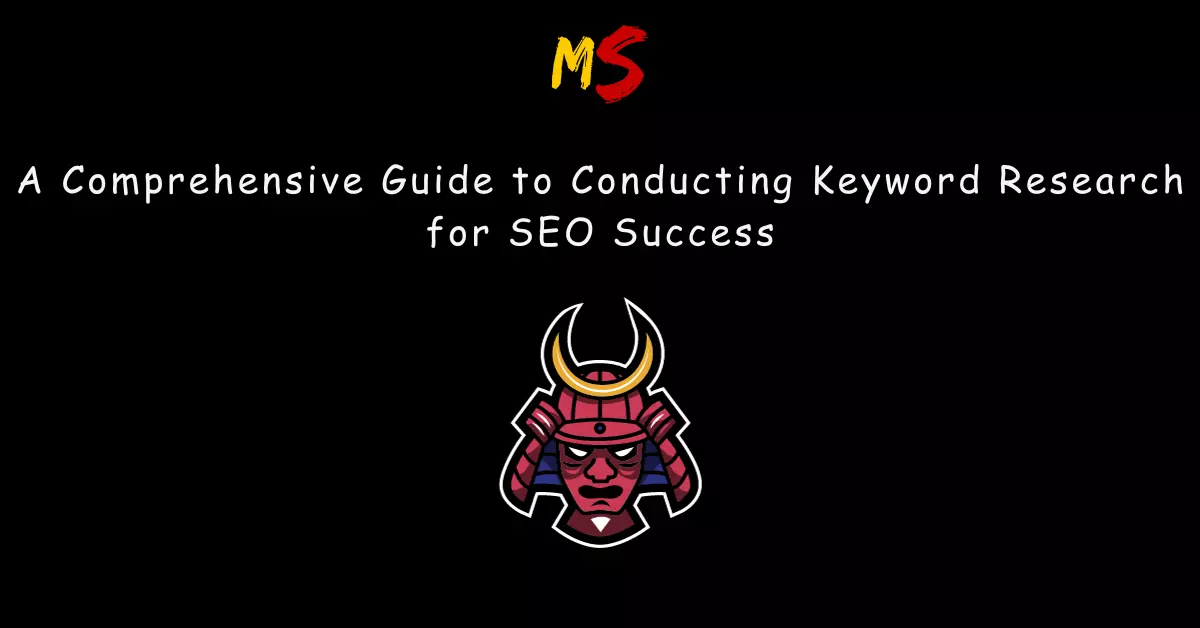Hello, fellow digital marketers! I’m Yash Setpal, the founder of Marketing Senpai. Today as part of my Digital Marketing Blog, we’re diving deep into a topic that’s reshaped the digital marketing landscape – the profound impact of mobile-friendly websites on SEO rankings. Whether you’re a newbie or a seasoned pro from the best digital marketing agency, understanding this concept is critical for your digital marketing success.
In this comprehensive article, we’ll unravel the complex relationship between mobile optimization and SEO. We’ll explore the fundamentals, industry case studies, and actionable insights that will propel your website to the top of search engine results pages (SERPs). So, grab your digital notebooks, and let’s embark on a journey to unlock the full potential of mobile SEO.
Chapter 1: The Mobile Revolution
The Rise of Mobile Usage
The mobile revolution is in full swing. Consider this: when was the last time you left your home without your smartphone? Mobile devices have become an integral part of our lives, and it’s essential for the best SEO agencies to adapt to this mobile-centric paradigm.
In 2015, Google made a pivotal move by announcing that mobile-friendliness would be a ranking factor. This seismic shift signaled Google’s commitment to providing the best user experience, particularly for mobile users.
Example 1: Google’s Mobile-First Indexing
Google took it a step further in 2018 with the introduction of mobile-first indexing. This means that Google predominantly uses the mobile version of a website’s content for ranking and indexing. If your site isn’t mobile-friendly, it could seriously dent your SEO rankings.
Chapter 2: The User Experience (UX) Factor
Mobile User Experience Matters
Let’s talk about user experience (UX), a cornerstone of digital marketing. A mobile-friendly website is like a well-organized store, offering a seamless shopping experience.
Imagine clicking on a website and being greeted with tiny text, awkward navigation, and endless zooming. Frustration sets in, and you probably hit the back button, right? Google takes note of this user behavior. A high bounce rate signals to Google that your website isn’t providing a satisfactory UX.
Example 2: Amazon’s Mobile Mastery
Amazon sets the gold standard for mobile optimization. Their mobile app and website are designed for effortless navigation, one-click purchasing, and personalized product recommendations. This relentless focus on UX has helped Amazon maintain its status as an eCommerce giant.
Chapter 3: The Need for Speed
Speed is Crucial
Mobile users are notoriously impatient. According to Google, more than half of mobile users will abandon a website that takes more than three seconds to load. That’s an incredibly short window to make a lasting impression. Mobile optimization includes a strong emphasis on speed, a factor directly tied to SEO rankings.
Example 3: Speedy Success with Google’s AMP
Google’s Accelerated Mobile Pages (AMP) project underscores the importance of speed. AMP-optimized pages load almost instantly, providing users with a lightning-fast experience. Websites that embrace AMP often see higher rankings and increased traffic.
Chapter 4: Mobile SEO Best Practices
Responsive Design for All Devices
- Responsive Design: Ensure your website design is responsive, meaning it adapts seamlessly to various screen sizes. This approach eliminates the need for a separate mobile site.
Local SEO for Mobile Users
- Optimize for Local SEO: Mobile users frequently search for local businesses. Ensure your business is listed on Google My Business, and keep your location and contact information updated.
Mobile-First Content Creation
- Mobile-First Content: Your content should be easily digestible on mobile. Employ shorter paragraphs, bullet points, and concise headings.
Image Optimization for Faster Loading
- Image Optimization: Compress images to reduce load times. Use descriptive alt text for images to enhance accessibility.
Regular Mobile-Friendly Testing
- Mobile-Friendly Testing: Regularly test your website on various mobile devices to ensure a smooth user experience.
Chapter 5: The SEO ROI of Mobile Optimization
Investing in Mobile Optimization
Investing in mobile-friendly websites isn’t just about appeasing Google; it’s about reaping the rewards of higher SEO rankings. When your website is optimized for mobile, you’re more likely to:
- Attract and retain visitors
- Reduce bounce rates
- Increase conversion rates
- Enhance brand credibility
In conclusion, the impact of mobile-friendly websites on SEO rankings is undeniable. Mobile optimization is not merely a trend; it’s an imperative in today’s digital landscape. By prioritizing user experience, speed, and following best practices, you can ensure your website not only ranks higher but also provides a delightful experience for your mobile audience.
Chapter 6: The Power of Data and Statistics
Let’s bolster our understanding with some compelling statistics and data-driven insights:
In a recent study by Google, they found that 53% of mobile site visits are abandoned if a page takes longer than three seconds to load. This underscores the critical nature of speed in mobile optimization.
According to a survey by BrightEdge, mobile traffic accounted for over 58% of all website visits in 2020, a number that continues to rise.
Case in point: Walmart reported a significant increase in mobile conversions after implementing mobile optimization strategies, proving that even retail giants can benefit from mobile SEO.
Chapter 7: Personal Tips for Mobile SEO Success
To wrap it up, here are some personal tips to boost your mobile SEO efforts:
- Stay updated with Google’s algorithm changes, as they often include mobile-related updates.
- Prioritize user experience; ask for feedback from mobile users to continually improve.
- Regularly audit your website for mobile-friendliness using Google’s Mobile-Friendly Test.
- Optimize your content for voice search, as it’s becoming increasingly prevalent among mobile users.
- Test various mobile advertising strategies to complement your organic efforts.
I hope you found this article insightful and enjoyable. With the knowledge and practical insights shared here, you’re well-equipped to conquer the dynamic world of mobile SEO. Remember, mobile-friendliness isn’t just an option; it’s your key to SEO success. Keep evolving, stay mobile-friendly, and watch your rankings soar!
If you have any questions or need further guidance on mobile SEO, don’t hesitate to reach out. Happy optimizing!





















